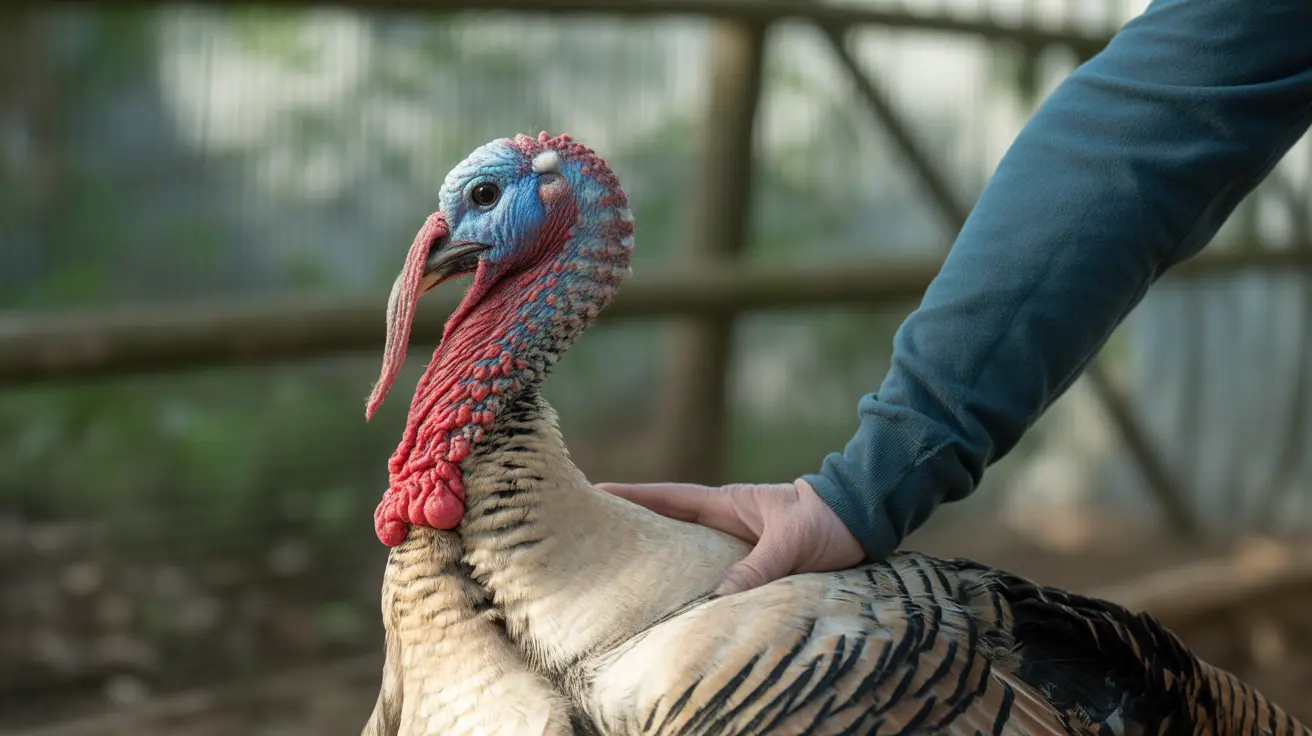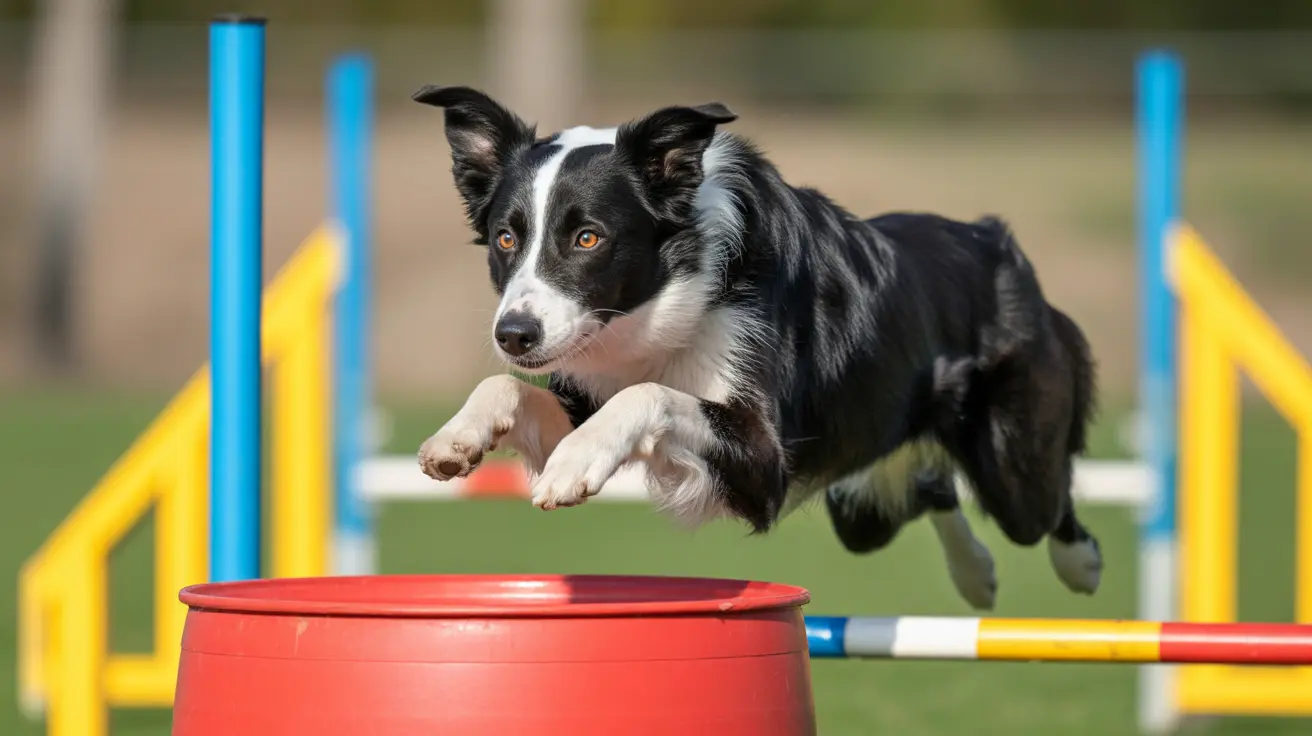Understanding How Dogs Apologize Through Body Language
When we think about apologies, we often frame them in human terms: saying "I'm sorry," offering a gift, or demonstrating regret through voice and actions. Dogs, however, cannot speak, so they rely on body language, behavioral cues, and established social communication patterns to express submission, reconciliation, and emotional shifts.
What Does It Mean When a Dog 'Apologizes'?
Dogs don’t apologize in the same way humans do. Rather, they use cues to diffuse tension and restore harmony within their social group. These behaviors are typically seen after a dog understands that a human or another dog is unhappy with them, or when they experience a negative response due to an action.
A dog’s apology is better described as a form of appeasement behavior, which is instinctual and evolutionary—a way of showing that they are non-threatening and wishing to maintain peaceful relations.
Common Apology Behaviors in Dogs
- Cowering or Lowering the Head: A submissive position often involves tucked tails, drawn back ears, and lowered posture to demonstrate lack of threat.
- Licking Lips or Yawning: These calming signals show nervousness and can also be efforts to soothe a tense situation.
- Pawing or Nuzzling: A dog may gently touch or push against you with their nose or paw as a friendly, submissive gesture.
- Tail Wagging (Slow or Low): Unlike joyful, rapid wags, an apology-style wag is subdued and tentative.
- Avoiding Eye Contact: Direct staring is considered dominant or aggressive in the dog world; looking away denotes respect or submission.
- Bringing Toys: Some dogs will present a toy or object as a peace offering during confrontational moments.
The Context Behind Dog Apologies
Dogs learn over time how their owners react to various behaviors. If a dog is scolded for chewing furniture or ignoring commands, their subsequent displays of appeasement are not necessarily out of guilt (a human emotion) but as a reaction to your tone, body language, or other behavioral cues they associate with displeasing you.
Much of this communication stems from early puppyhood and social conditioning. Studies show dogs read human emotions and facial expressions better than many animals, which helps them determine when to display these appeasement behaviors.
Why You Should Never Scold Excessively
While dogs can exhibit signs of apology, repeated angry reactions or physical discipline cause stress, fear, and anxiety, which impedes learning and emotional bonding. Instead:
- Use positive reinforcement to encourage proper behavior
- Redirect undesirable behavior calmly
- Remain consistent with commands and expectations
- Use a calm but firm voice instead of shouting
How to Encourage Reassuring Behavior
If you want to strengthen your bond and help your dog feel safe enough to express submissive or apology-like behaviors, try the following:
- Respond calmly to mistakes—avoid leaning over, yelling, or using sudden movements
- Reward good behavior with treats and praise immediately after it’s displayed
- Encourage body awareness by exposing dogs to gentle handling and consistent routines
- Use touch and contact (e.g., gentle petting) to reassure your dog post-correction
Do All Dogs Apologize the Same Way?
No—just like humans, dogs have different personalities. While some readily offer appeasement gestures after negative interactions, others may become withdrawn or confused.
Breed, temperament, early socialization, and the nature of the relationship with their human all influence how, and if, a dog apologizes. For example, a timid rescue dog may be less expressive due to past trauma, while a well-socialized puppy may immediately lick your hand or nuzzle you to "make up."
How Owners Should Respond
When your dog offers an apology gesture, the ideal reaction is to acknowledge it with reassurance. Offer a calming voice, perhaps a soft pet, and redirect them into a positive behavior. This teaches them not just what not to do, but what you would like instead. Never punish a dog after an attempt to appease; it confuses them and weakens your bond.
Conclusion: Trust Is Built, Not Corrected
Instead of expecting dogs to understand the concept of guilt or apology exactly as humans do, owners should recognize and respect canine communication cues. By meeting these behaviors with patience, consistency, and kindness, you help your dog feel secure in your relationship—and encourage responsible behavior based on trust, not fear.
So the next time your pup lowers their head, tucks their tail, or gently presses against your leg after a misdeed, remember: they’re communicating in the only way they know how. It’s up to you to listen with understanding.





